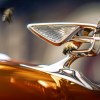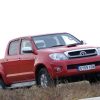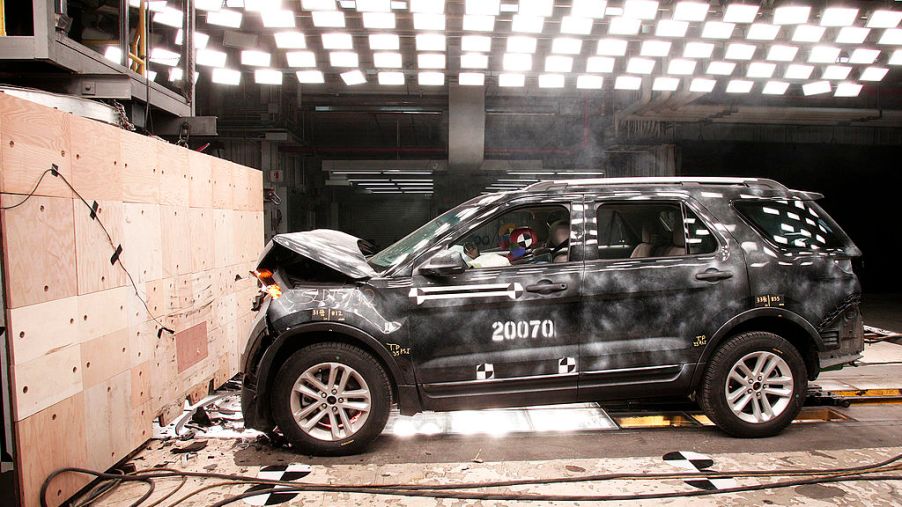
Car Crash Tests Are More Complicated Than You Think
On the surface, car crashes may seem pretty simple. You put a crash dummy in the seats and head toward a wall. We wish things were that simple, but in reality, car crash tests are much more complicated with the use of physics and biology to determine impacts and injuries.
How Car Crash Tests Work
By using injury biomechanics and crash testing, automakers have been able to gain an understanding of the amount of force that injures the human body during impacts. With this information, doctors and engineers have been able to determine how to make vehicles safer.
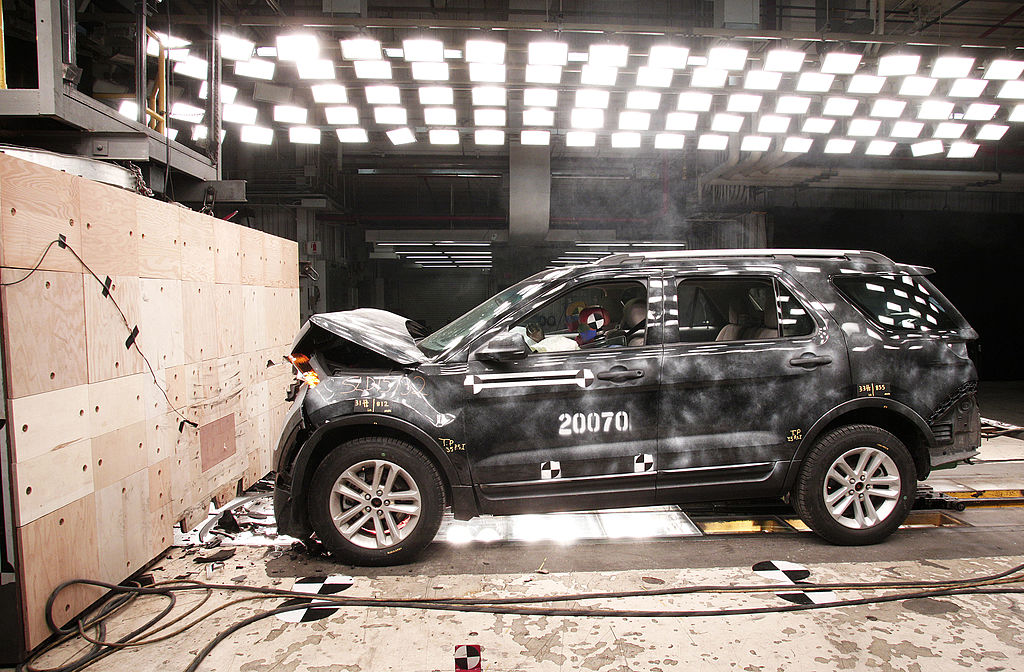
This information is vital to understanding what helps keep passengers safe in real traffic accidents and what doesn’t work to reduce the number of injuries and deaths that occur. Of course, crash tests involve basic inertia, but crash tests go beyond objects in motion to see how impacts affect organs and tissues in our bodies.
Insurance Institute For Highway Safety Research
The Insurance Institute for Highway Safety (IIHS) has a building with three runways set up where vehicles are tested at precise speeds using nitrogen and cables to achieve crashes with the use of realistic dummies instead of real people.
Anti Glare lights illuminate the room, so the powerful 500 frame per second cameras can clearly catch every detail. The crashes represent real-life situations, like hitting a tree, for example, to discover injury patterns.
Because the crash test dummies are equipped with tools to determine the force of chest or head acceleration, researchers can determine the amount of impact that would kill a passenger or not.
Sophisticated Crash Dummies
Also, not everyone is the same, which is why a variety of crash test dummies are used. Infant dummies to those that represent larger males are included. The baby dummies are called CRABIs for Child Restraint AirBag Interaction.
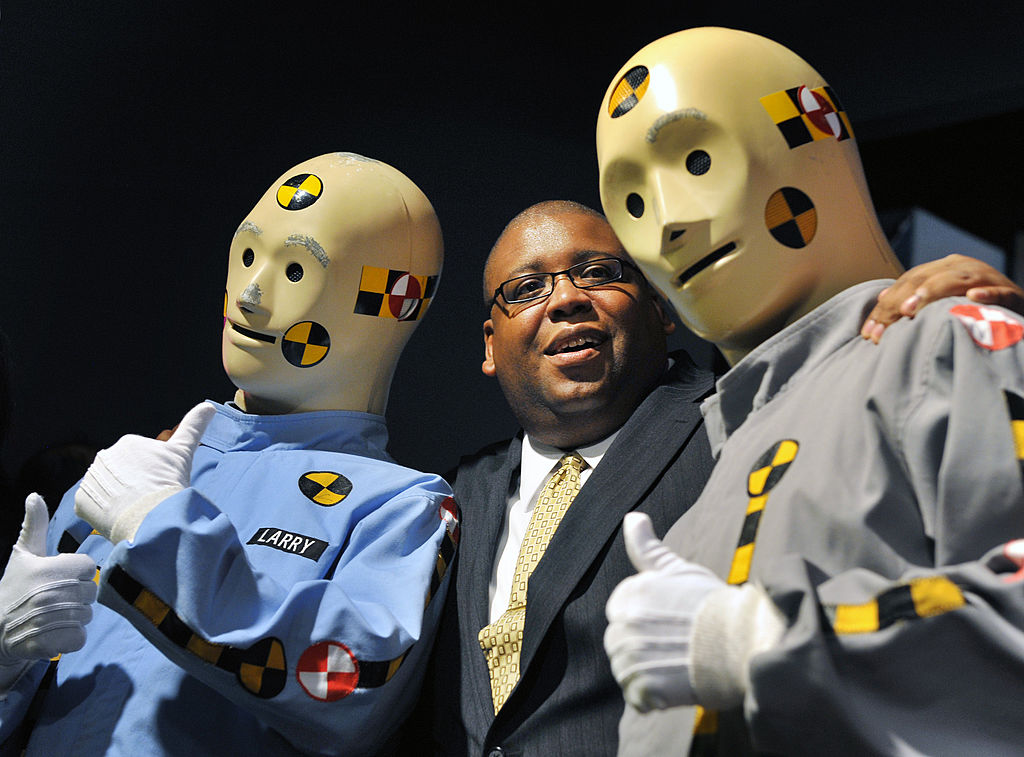
Crash dummies used in side-impact crash tests have the most tools equipped with sensors from their heads to their toes. Accelerometers measure the acceleration of the force, like in the head, and load cells measure force. The ribs can even move to measure displacement.
This information relates to people as force is applied to animal or cadaver tissue to determine how much force an area of the body can take. This allows researchers to gather how much force breaks bones or causes injuries.
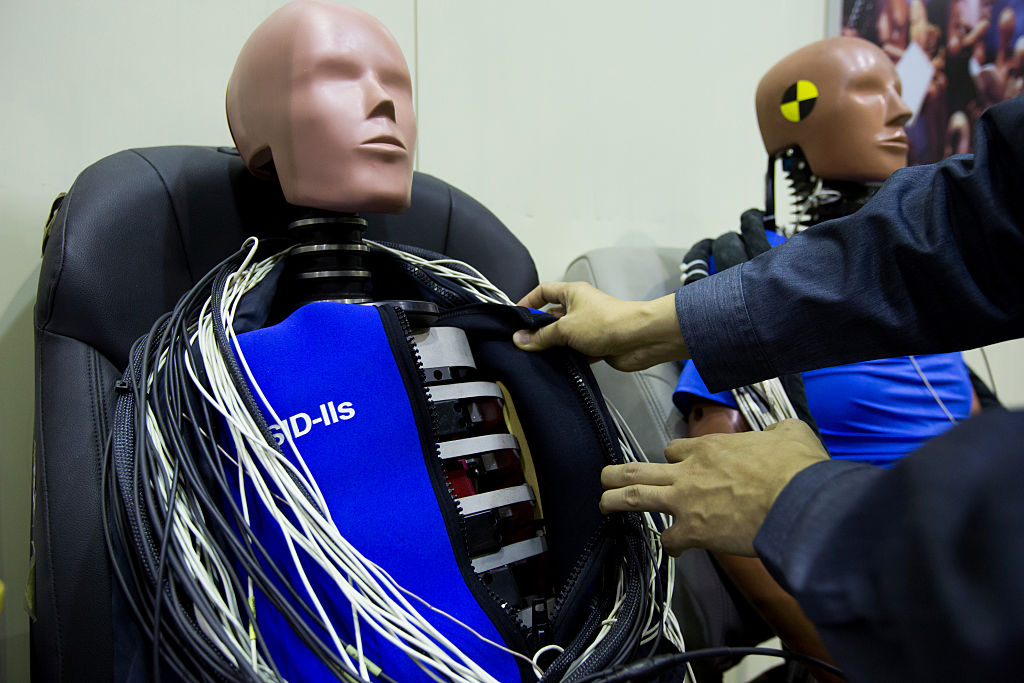
The Three Crashes In Wrecks
When a vehicle crashes, the car hits something to create an impact and comes to a stop. The bodies also move forward as they come to a halt. The organs inside of people also experience an impact as they come to a halt. For example, the lungs can hit the rib cage.
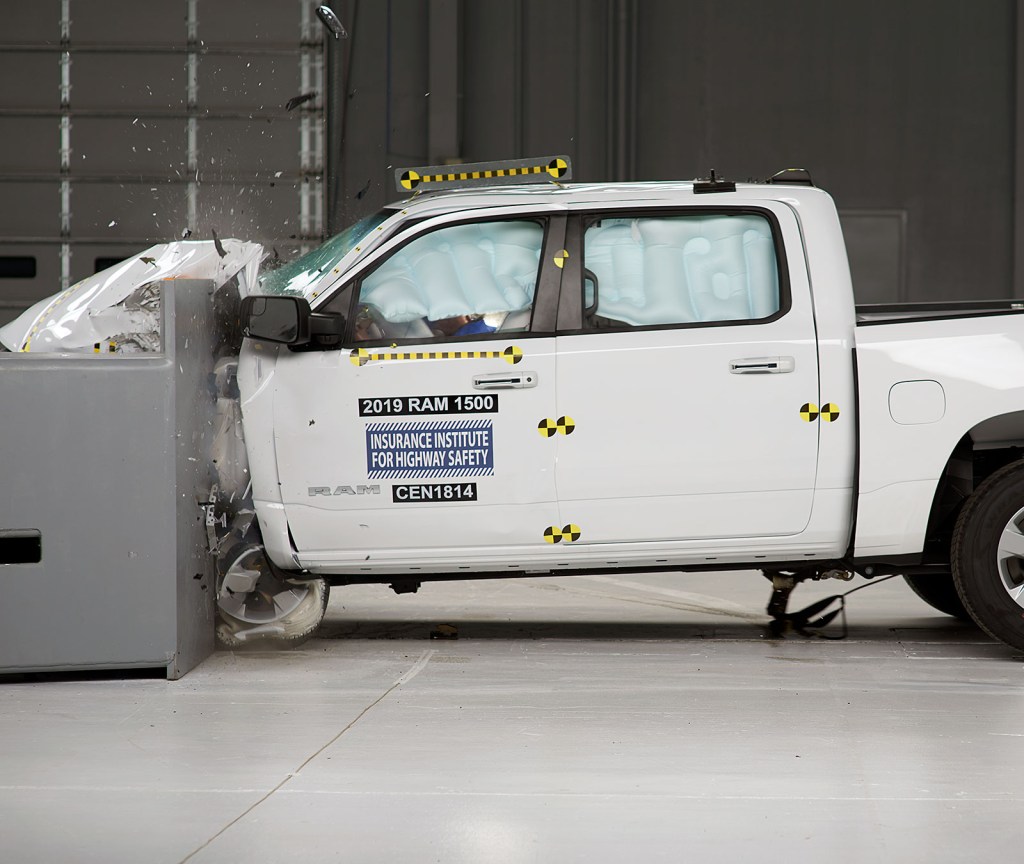
Stress occurs internally when one organ is firmly kept in place, but others are free to move. For example, in the heart, the ascending aorta is free to move while the descending aorta is fixed. The fixed aorta comes to a stop with the body while the ascending aorta continues forward and can tear away from the heart.
Therefore force and acceleration can determine the stress, strain, and displacement in the body. This helps to determine if vehicles are built safely enough to protect people in traffic accidents or not.

